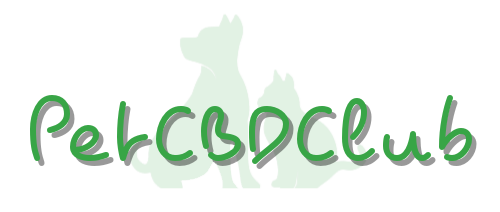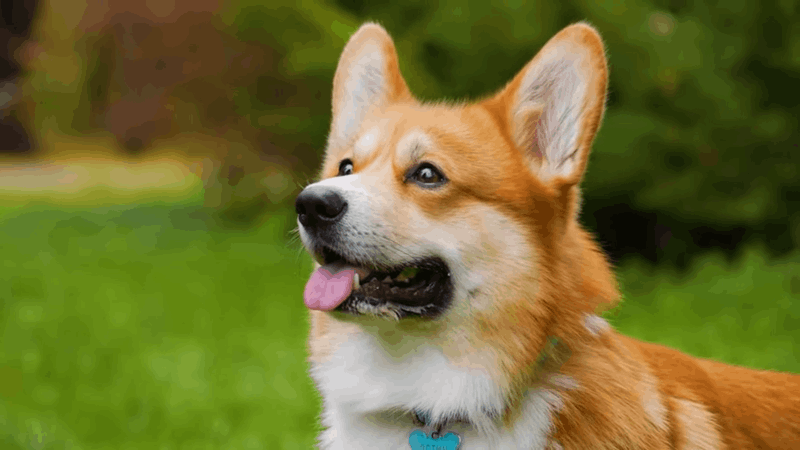No products in the cart.
Have you ever wondered how to relieve dog itching after grooming? Grooming your furry companion is an essential part of their care routine, ensuring they look and feel their best. In our comprehensive guide, we will discover the grooming process, potential triggers, and the role of allergies and sensitivities. We are here to assist you in providing comfort and care for your cherished canine companion.
Why Is My Dog Itching After Grooming?
Dogs itching after grooming can be attributed to various factors related to the grooming process, your dog’s specific sensitivities, and their overall health. It’s important to consider both the grooming process and potential allergies or sensitivities.
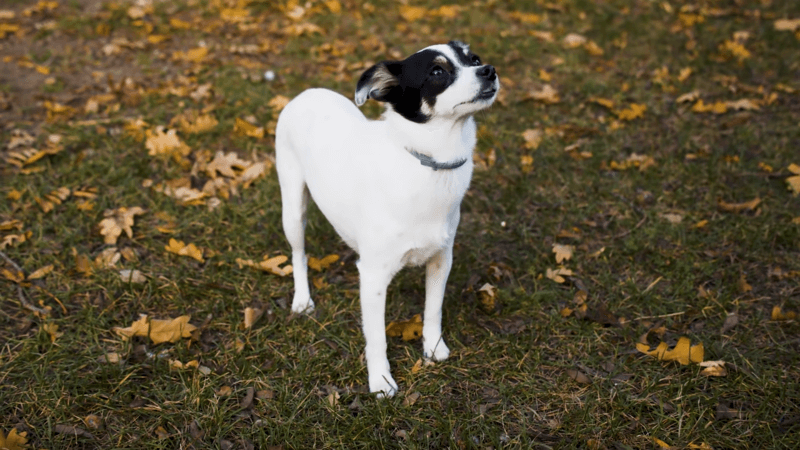
The Grooming Process and Potential Triggers
The grooming process involves various steps that can expose your dog to potential itch triggers.
- Residual Shampoo or Products: Sometimes, grooming products might not be rinsed off thoroughly, leaving residues that can irritate your dog’s skin, leading to itching.
- Inadequate Drying: If your dog isn’t dried properly, moisture in their fur can cause skin issues, including itching. Pay special attention to drying in furry areas.
- Clipping or Shaving: Shaving or clipping can expose sensitive skin, sometimes leading to itching, especially if there are ingrown hairs or irritation.
- Grooming Tools: The use of harsh or improper grooming tools can irritate the skin. Make sure the tools used are appropriate for your dog’s coat.
- Stress or Anxiety: Dogs may become stressed during grooming, which can manifest as itching. Working on your dog’s comfort during grooming is essential.
- Infections: Grooming might reveal underlying skin issues or infections that cause itching as a reaction.
Allergies and Sensitivities
- Environmental Allergies: Dogs can be allergic to environmental factors like pollen or dust mites. Contact with these allergens during grooming may lead to itching.
- Food Allergies: Allergic reactions to specific ingredients in your dog’s food can cause skin problems, including itching, which may be triggered during grooming.
- Allergic Reactions to Grooming Products: Grooming products may contain allergenic ingredients, causing skin reactions. Allergic reactions can lead to itching, redness, or inflammation.
- Contact Dermatitis: Dogs can develop contact dermatitis from substances that irritate their skin, which might be encountered during grooming, such as grooming product ingredients.
- Flea Allergies: Allergies to flea bites can cause intense itching. If fleas are discovered during grooming, this might be the culprit.
How Do I Get My Dog to Stop Itching After a Bath?
If your dog is itching after a bath, it’s crucial to address this issue to ensure their comfort and well-being. Proper post-bath care, along with effective drying and brushing techniques, can help alleviate itching and prevent future discomfort.
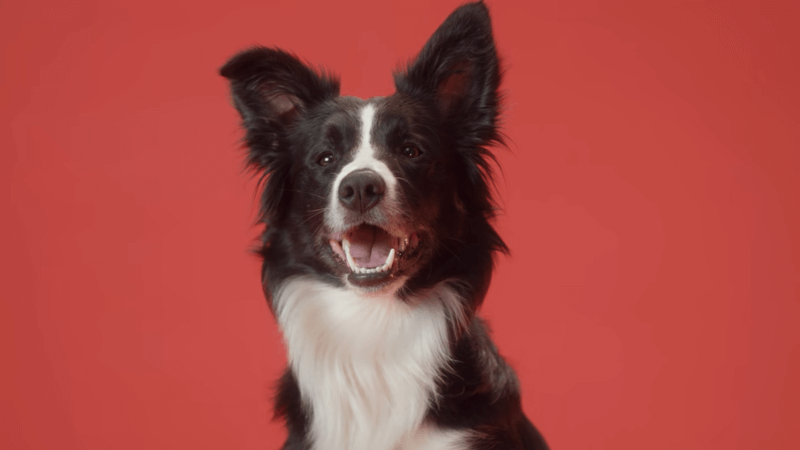
Proper Post-Bath Care
- Drying techniques: After you’ve rinsed and bathed your dog, gently pat them dry with a clean, absorbent towel. Avoid vigorous rubbing, as it can irritate their skin. If you use a hairdryer, set it on a low-heat and low-speed setting and keep it at a safe distance to prevent discomfort or burns.
- Brushing: Gently brush your dog’s coat after the bath. This helps distribute natural oils and prevents matting. Choose a brush that’s appropriate for your dog’s specific coat type.
- Check for ear infections: Some dogs are prone to ear infections, and water from baths can contribute to this. So, it’s a good time to inspect your dog’s ears for signs of infection like redness, odor, or excessive wax.
- Paw care: Ensure your dog’s paws are clean and dry, especially if they get wet during the bath. Moist paws can lead to fungal or bacterial infections.
- Positive reinforcement: Use treats and praise to reward your dog during and after the bath. This can create a positive association with bathing and reduce stress-related itching.
Drying and Brushing Techniques
- Drying: After your dog’s bath, gently pat them dry with a clean, absorbent towel. Avoid vigorous rubbing, as it can irritate their skin. You can also use a pet-safe hairdryer on a low-heat and low-speed setting, but be cautious and keep it at a safe distance to prevent any discomfort or burns.
- Brushing: After the bath and drying, it’s important to brush your dog’s coat. This helps in distributing natural oils, prevents matting, and is an essential part of post-bath care. Select a brush that suits your dog’s specific coat type, whether it’s long, short, curly, or wire-haired. Brush gently, in the direction of hair growth, to avoid skin irritation.
How to Relieve Dog Itching After Grooming
If your dog experiences itching after grooming, you can relieve their discomfort through a combination of gentle grooming techniques and selecting the right grooming products.
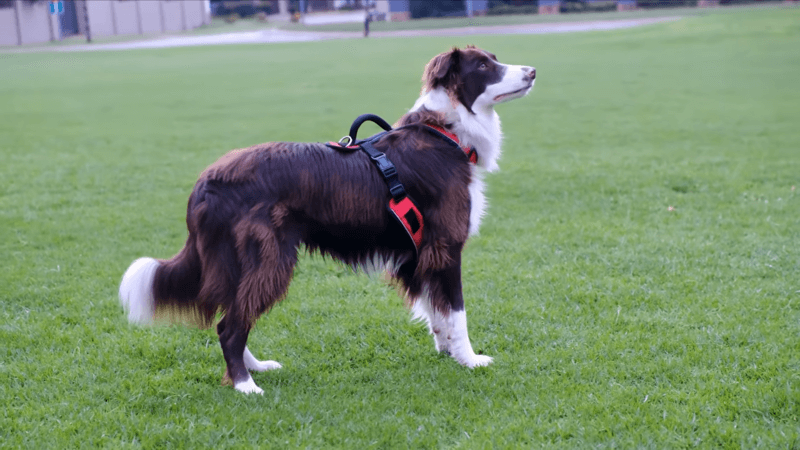
Gentle Grooming Techniques
- Brushing with Care: When brushing your dog, especially if they have sensitive skin, be gentle. Brush in the direction of hair growth and avoid applying too much pressure. This minimizes the risk of skin irritation and itching. Think of it as a soothing massage for your pup.
- Sensitive Areas: Pay extra attention to sensitive areas like the ears, paws, and belly. These spots can be more prone to discomfort. Use soft, non-abrasive brushes or grooming tools specifically designed for delicate skin. Treat these areas with the tenderness you’d use on your sensitive spots.
- Prevent Over-Grooming: It’s like finding the right balance in your skincare routine. Over-grooming can strip your dog’s skin of its natural oils and moisture, leading to dryness and itching. So, establish a reasonable grooming schedule that suits your dog’s unique needs and coat type. This will help you avoid overdoing it and keep your skin happy.
- Trimming and Clipping: If you’re into trimming or clipping your dog’s coat, make sure the tools you use are in good condition and not causing any skin irritations. It’s a bit like using sharp, clean razors for shaving—the right tools can make all the difference.
Choosing the Right Grooming Products
Mild and Hypoallergenic: Opt for dog grooming products that are gentle and hypoallergenic to avoid harsh chemicals or fragrances that may cause itching.
- Anti-Allergenic Options: If your dog has allergies, go for products designed for sensitive or allergic dogs to minimize itching.
- Natural and Organic: Consider natural and organic products with fewer additives to pamper your furry friend without triggering itching.
- Consult Your Vet: When in doubt or for specific skin conditions, consult your vet for expert recommendations on suitable grooming products.
- Patch Testing: Before full use, perform a small patch test on less visible skin to ensure your dog’s comfort and itch-free experience.
Home Remedies for Dog Gets Sick After Grooming
When it comes to keeping your four-legged friend comfortable and itch-free after grooming, you’ll find a wealth of effective and soothing home remedies at your disposal. From relaxing oatmeal baths to the natural healing power of herbal solutions, these DIY remedies can help your dog recover from post-grooming irritation and get back to their happy, healthy self.
- Oatmeal Baths: Soothe your dog’s skin by adding ground oatmeal to warm bathwater for a relaxing soak.
- Apple Cider Vinegar Rinses: Restore skin balance by applying a mixture of apple cider vinegar and water after a bath (avoid eyes and ears).
- Coconut Oil: Apply warm coconut oil to itchy areas for natural moisturization and relief.
- Herbal Solutions: Use aloe vera gel, chamomile tea, or calendula salve for natural soothing.
- Dietary Adjustments: Ensure a quality diet and consider adding omega-3 fatty acids like fish oil for skin health.
- Homemade Balms and Sprays: Get creative with homemade solutions using coconut oil, shea butter, essential oils, chamomile tea, and aloe vera for relief.
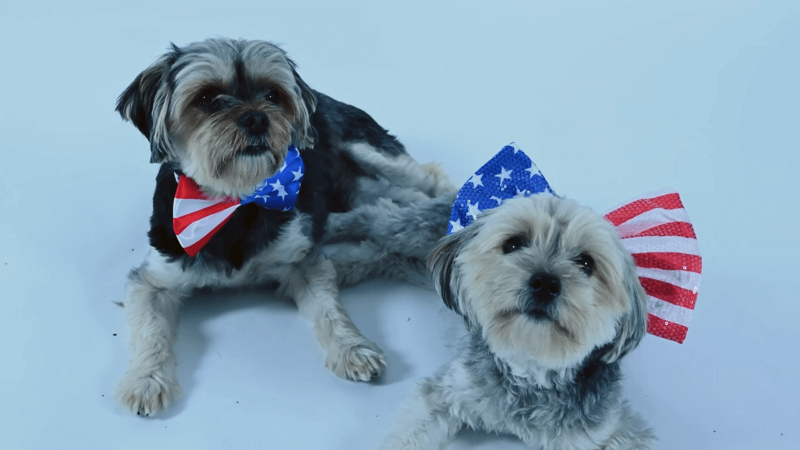
Conclusion
Finding answers to the question of how to relieve dog itching after grooming is crucial for your pet’s well-being. By understanding potential causes, employing gentle grooming techniques, choosing suitable products, and considering home remedies, you can ensure your dog’s post-grooming experience is comfortable and itch-free. Don’t hesitate to consult a veterinarian if itching persists, as their expertise can provide further solutions for your furry friend’s relief.
I am Nelson Cooper, I pursue my passion for writing and my belief is that cats love humans. I enjoy traveling and have a deep appreciation for the beauty of nature, as well as a soft spot for animals, particularly cats.
